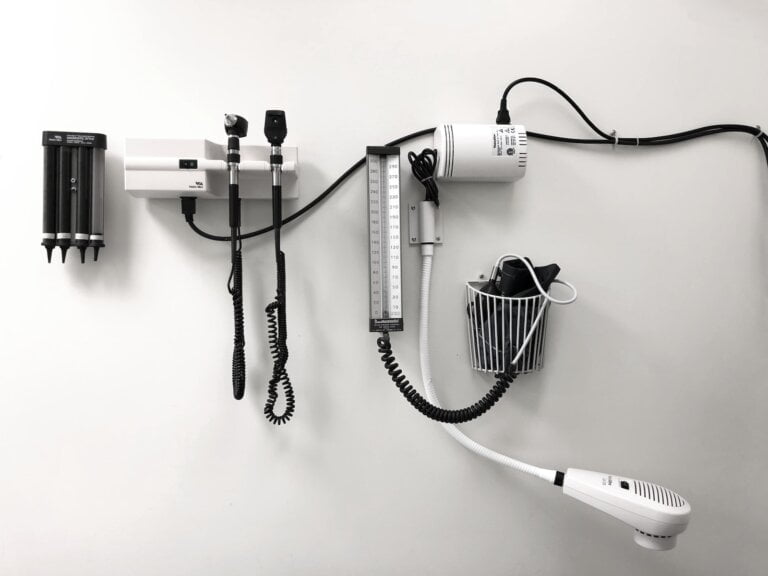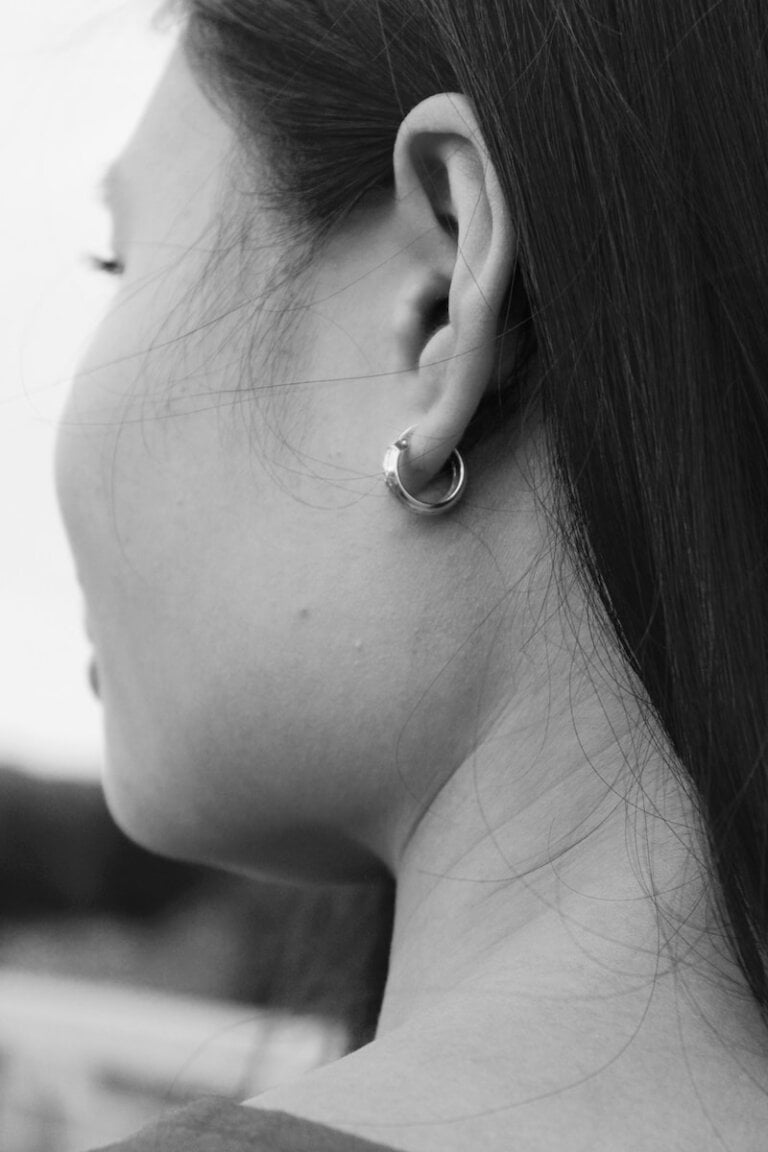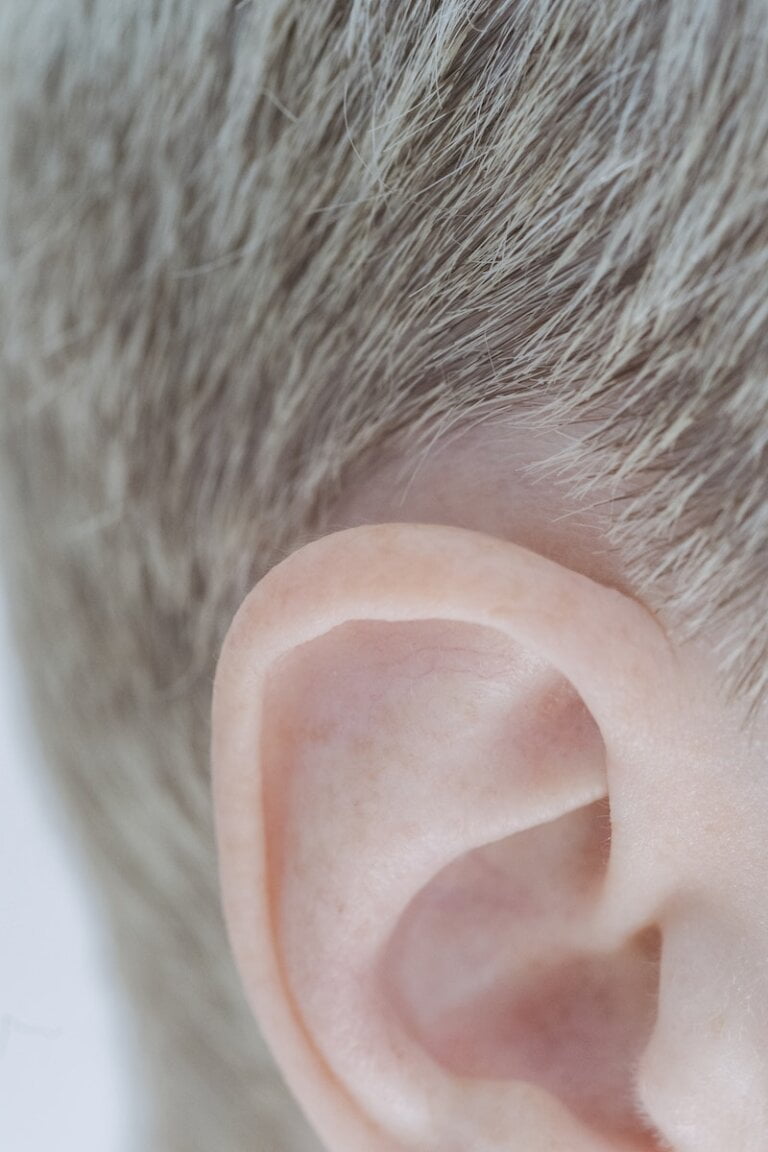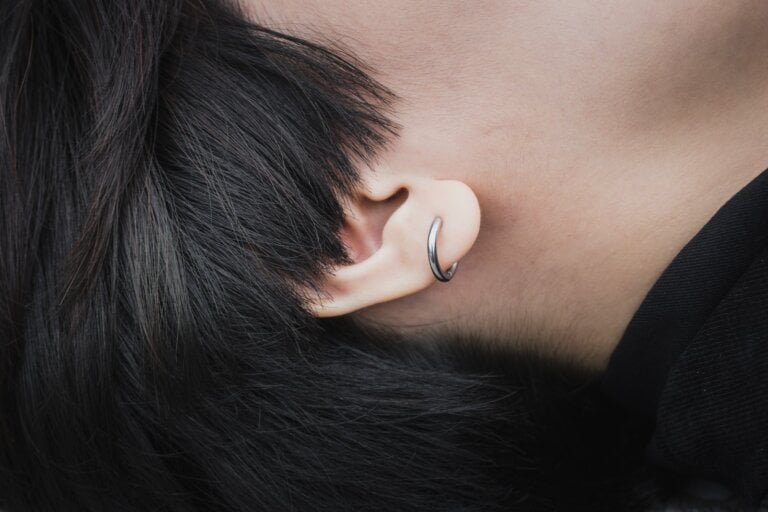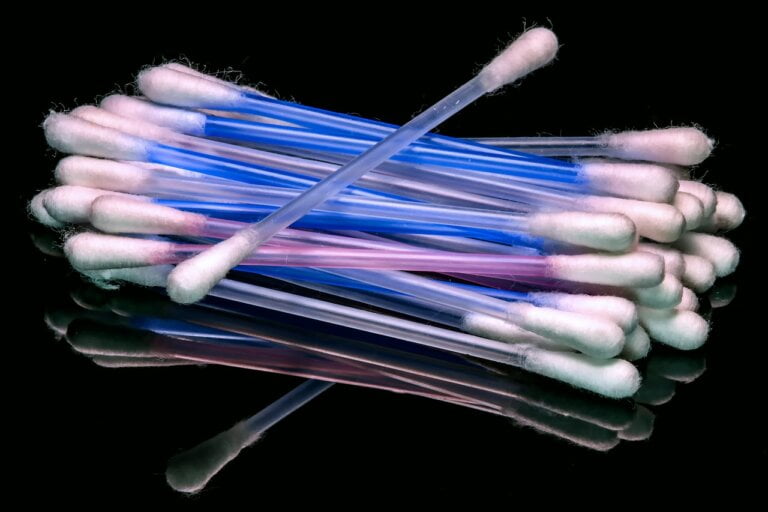Preparing for Success: Steps to Take Before Manual Instrument Ear Wax Removal
Ear wax, also known as cerumen, is a natural substance produced by the ear to protect and lubricate the ear canal. However, excessive buildup of ear wax can lead to various discomforting symptoms such as hearing loss, earache, tinnitus, and dizziness. In such cases, manual instrument ear wax removal becomes necessary to restore auditory function and alleviate these symptoms.
Before embarking on the process of manual instrument ear wax removal, it is essential to take a few preparatory steps to ensure a safe and successful procedure. This article will guide you through the necessary measures to be taken before attempting this procedure, ensuring an effective and comfortable experience.
Understanding the Importance of Proper Ear Wax Removal
Proper ear wax removal is crucial to avoid complications such as eardrum perforation, infection, or damage to the delicate structures of the ear. Removing ear wax without proper knowledge and technique can lead to these issues. Therefore, it is advisable to consult a healthcare professional or an ear specialist (otolaryngologist) before proceeding with manual instrument ear wax removal.
A trained professional can assess your symptoms and determine the appropriate course of action. They will examine your ears, determine the level of ear wax buildup, and recommend the best approach for removal. It is important to note that some individuals naturally produce more ear wax than others, making regular ear wax removal necessary for them.
Step 1: Evaluate the Symptoms and Seek Professional Advice
The first step in preparing for manual instrument ear wax removal is to evaluate the symptoms you are experiencing. Common signs of excessive ear wax buildup include:
- Gradual hearing loss: If you notice a gradual decrease in your ability to hear clearly, it could be a sign of excess ear wax.
- Earache or discomfort: A feeling of pain or discomfort in the ear can be an indication of ear wax buildup.
- Tinnitus (ringing in the ear): Persistent ringing or buzzing sounds in the ear can be a symptom of excessive ear wax.
- Feeling of fullness or blockage in the ear: If your ear feels blocked or full, it may be due to a buildup of ear wax.
- Dizziness or vertigo: Excessive ear wax can affect the balance mechanisms in the inner ear, leading to dizziness or vertigo.
If you are experiencing any of these symptoms, it is essential to seek professional advice from an ear specialist or a healthcare provider. They will be able to provide a proper diagnosis and recommend the most appropriate course of action.
Step 2: Avoid Self-Cleaning Methods
While waiting for your appointment with a healthcare professional, it is crucial to avoid using self-cleaning methods such as cotton swabs, hairpins, or other objects to clean your ears. These methods can push the ear wax deeper into the ear canal, potentially causing more harm than good. Additionally, these objects may also lead to ear canal abrasions or puncture the eardrum, resulting in severe complications.
It is important to understand that the ear is a self-cleaning organ, and excessive cleaning can disrupt the natural process. The use of these objects can also push the wax further down the ear canal, making it more difficult to remove. It is best to leave the cleaning to a trained professional who can safely and effectively remove the excess ear wax.
Step 3: Soften the Ear Wax
To facilitate easier removal of ear wax during the manual instrument procedure, it is advisable to soften the wax beforehand. This can be done by using over-the-counter ear drops specifically designed for ear wax removal. These ear drops contain ingredients that help to soften and loosen the ear wax, making it easier to remove.
To use the ear drops, follow the instructions provided with the product. Typically, you will need to tilt your head to the side and apply a few drops into the affected ear. Allow the ear drops to sit for a certain period as instructed, usually a few minutes. During this time, the ear drops will work to soften and loosen the ear wax.
Softening the ear wax before the procedure can make the removal process more comfortable and effective. It is important to note that some ear drops are not suitable for individuals with certain ear conditions, so it is always recommended to consult a healthcare professional or read the instructions carefully before using them.
Step 4: Gather the Necessary Tools
Before attempting manual instrument ear wax removal, gather the necessary tools to ensure a smooth procedure. These tools may include:
- Ear curette: A specialized instrument designed to gently scoop out ear wax from the ear canal.
- Ear basin: A container to catch any dislodged ear wax or debris during the process.
- Magnifying mirror: Useful for better visualization and control during the procedure.
- Good lighting: Ensure proper lighting conditions in the room to aid visibility.
It is crucial to ensure that the tools are clean and sterilized before use. This can be achieved by washing them with soap and warm water, followed by wiping them with alcohol wipes. Sterilizing the tools helps to prevent the spread of bacteria or other pathogens and ensures a safe and hygienic procedure.
Step 5: Create a Comfortable Environment
Creating a comfortable environment is vital to avoid unnecessary stress or discomfort during the manual instrument ear wax removal process. Consider the following factors:
- Choose a quiet and well-lit room to perform the procedure. This will help you focus and maintain a calm atmosphere.
- Sit in a comfortable position with good back support. This will prevent unnecessary strain or discomfort during the procedure.
- Use a towel to protect your clothing from any potential debris or ear drops. This will help keep your clothing clean and prevent any stains or damage.
- Have a trusted friend or family member available for assistance, if necessary. Having someone present can provide support and assistance during the procedure, making you feel more at ease.
By creating a comfortable environment, you can ensure a more relaxed and successful procedure.
Step 6: Practice Good Hygiene
Maintaining good hygiene throughout the procedure is essential to prevent any infections or complications. Make sure to:
- Wash your hands thoroughly with soap and water before handling any tools or touching your ears. This will help reduce the risk of introducing bacteria or other harmful substances into the ear canal.
- Avoid touching the inside of your ears with your fingers or any unsterilized objects. This will minimize the risk of introducing additional bacteria or causing irritation or injury to the ear.
- Clean the tools before and after use to prevent the spread of bacteria or other pathogens. This can be done by washing them with soap and warm water, followed by wiping them with alcohol wipes. Properly cleaning and sterilizing the tools will help maintain a safe and hygienic environment.
Conclusion
Preparing for manual instrument ear wax removal is crucial to ensure a safe and successful procedure. By following the steps outlined above, you can minimize the risks associated with excessive ear wax buildup and enjoy improved auditory function. However, it is important to remember that manual instrument ear wax removal should only be performed by trained professionals or under their guidance. Proper care and attention to detail will help you achieve a comfortable and effective ear wax removal experience.
FAQ
1. Why is proper ear wax removal important?
Proper ear wax removal is important to avoid complications such as eardrum perforation, infection, or damage to the delicate structures of the ear.
2. What are the common signs of excessive ear wax buildup?
The common signs of excessive ear wax buildup include gradual hearing loss, earache or discomfort, tinnitus (ringing in the ear), feeling of fullness or blockage in the ear, and dizziness or vertigo.
3. Can I use self-cleaning methods to remove ear wax?
No, it is crucial to avoid using self-cleaning methods such as cotton swabs, hairpins, or other objects to clean your ears. These methods can push the ear wax deeper into the ear canal and cause harm.
4. How can I soften the ear wax before the removal procedure?
To soften the ear wax before the removal procedure, you can use over-the-counter ear drops specifically designed for ear wax removal. Follow the instructions provided with the product for proper usage.


